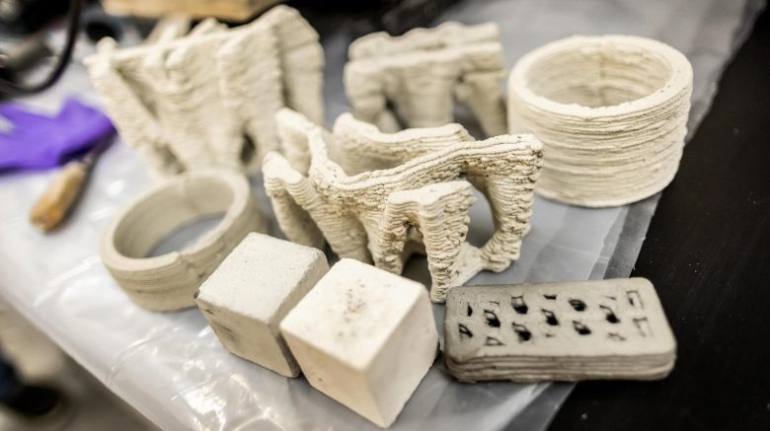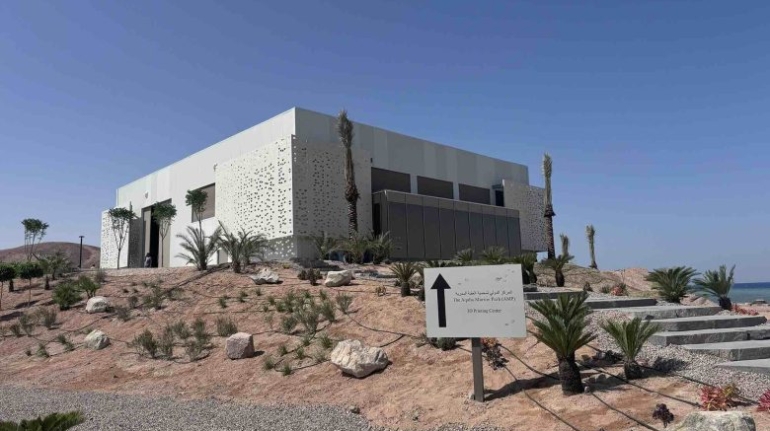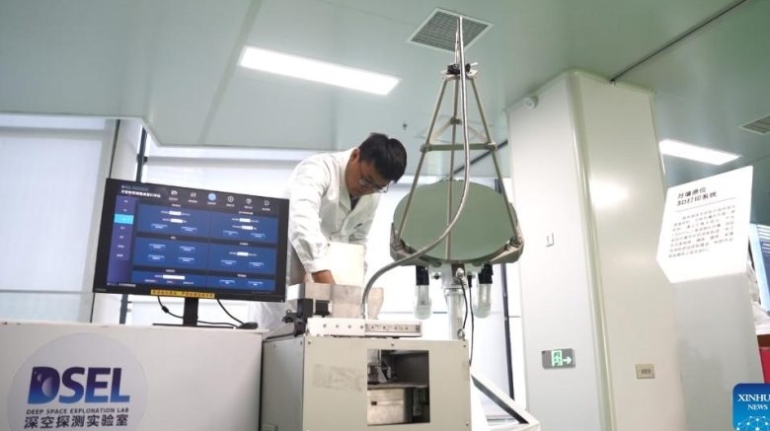UPenn engineers reimagine concrete 3D printing with algae Construction 3D Printing
According to the University of Pennsylvania (UPenn), a groundbreaking concrete innovation could change the way we build—and how we fight climate change. Researchers there have combined 3D printing with fossilized microscopic algae to create a new type of concrete that captures significantly more carbon dioxide while using less cement.



